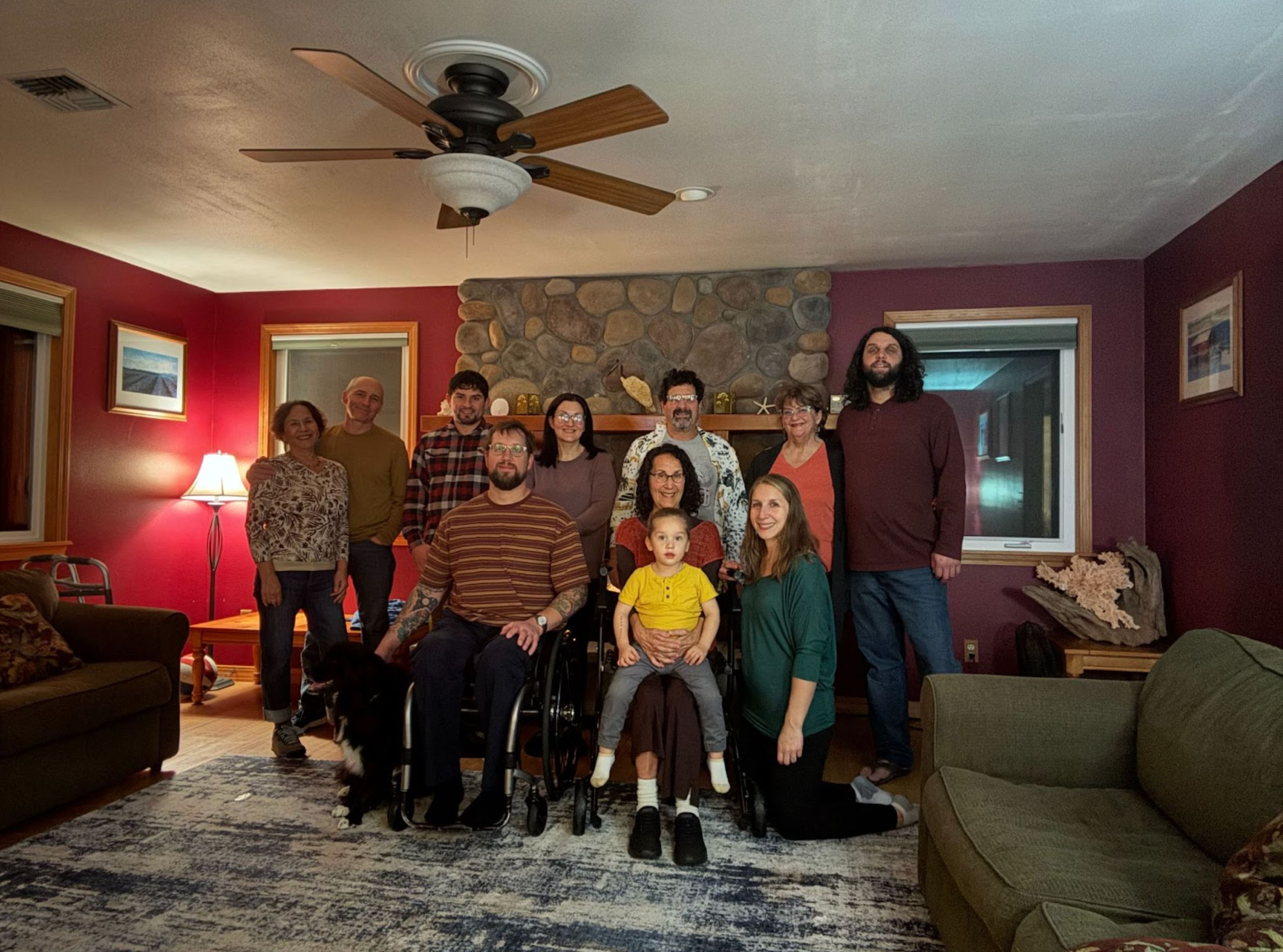The Impact of ACT for ALS’ Expanded Access Programs
ACT for ALS has funded Expanded Access Programs across the United States. These EAPs have created new, desperately needed research initiatives to help find treatments and, ultimately, a cure for this devastating disease. Learn more about the specific impact of EAPs funded by ACT for ALS.
ACCESS
Only 10-20% of people living with ALS are eligible for clinical trials. In fact, 60% are not eligible for clinical trials on the day they are diagnosed due to the lengthy diagnostic process. Most ALS clinical trials exclude people who are two years past their symptom onset. This standard practice excludes individuals from disease intervention research and a potential treatment for ALS.
100% of people enrolled in an ACT for ALS EAP would not qualify for or have access to an interventional clinical trial otherwise.
Before the ACT for ALS, ALS expanded access programs were rare and often had to be created by an individual’s neurologist. ACT for ALS’s EAPs have since created expanded access opportunities for 690 people living with ALS.
RESEARCH
By having a research focused EAP attached to a clinical trial, researchers gather information on people who are two years past symptom onset.
Why is this valuable? The FDA and insurance companies use the available data to create policies about who can and cannot access a drug. Before ACT for ALS, most drug sponsors only had data on how the drug worked in those newly experiencing symptoms. This limited data could lead to the FDA and insurance companies to designate the newly diagnosed with access to the therapy. We saw this happening with Relyvrio.
By having data on the entire ALS community, we would know whether or not this therapy was appropriate for those two-years from onset. And if there were positive results, it is more likely that the FDA would recommend and insurance companies would cover the therapy for everyone living with ALS. Without this data, people living with ALS for more than two years may be excluded from access to FDA-approved therapies, as the therapy was only tested on those less than two years into symptom onset.
LOCATION
By funding research, we expand the number of U.S. clinical trial locations. Typically, clinical trials occur within major metropolitan areas because they have the research infrastructure. ACT for ALS funds expanded ALS research beyond research bubbles and across the United States. Those trial sites are as follows:
EXPENSE
ACT for ALS EAPs are not only about providing therapies to people living with ALS, but also about conducting research on how a potential treatment impacts those later on in their ALS diagnosis. Their data helps us understand the drug and its impact more deeply. This data also has the potential to contribute to a therapy being approved by the FDA and covered by insurance.
As it is research, the therapy and its delivery are provided at no cost to the person living with ALS. EAPs not funded by A4A often charge people for the drug and its delivery. These costs can enter into the tens of thousands of dollars a year.
Calculating the cost of the program by how many people were enrolled in an ACT for ALS EAP misses the potential of this research and how it could help a vast majority of those living with ALS. The information gathered from these projects could help a drug be approved by the FDA and develop biomarkers, samples, collaboration, and innovate clinical trial designs that allow rural Americans to participate and push ALS research forward.
Tele-EAP!
Telemedicine is the delivery of healthcare services from a distance using electronic information and telecommunication technologies. It allows patients and healthcare providers to connect and exchange medical information without the need for an in-person visit. To expand access and test whether or not an EAP could be run through telemedicine, Clene Therapeutics used A4A funds to create a tele-EAP, allowing people who do not live near a city to gain access to therapies in their home. This is huge! Travel and transportation is a major barrier to participating in clinical trials.
EAPs have allowed Vivian, who’s living with ALS, to access treatment from her home on a remote Alaskan island that’s accessible only by ferry. Click on the image to read Vivian’s story.
Click here for the ACT for ALS main page
Click here for the ACT for ALS: Collaboration page

